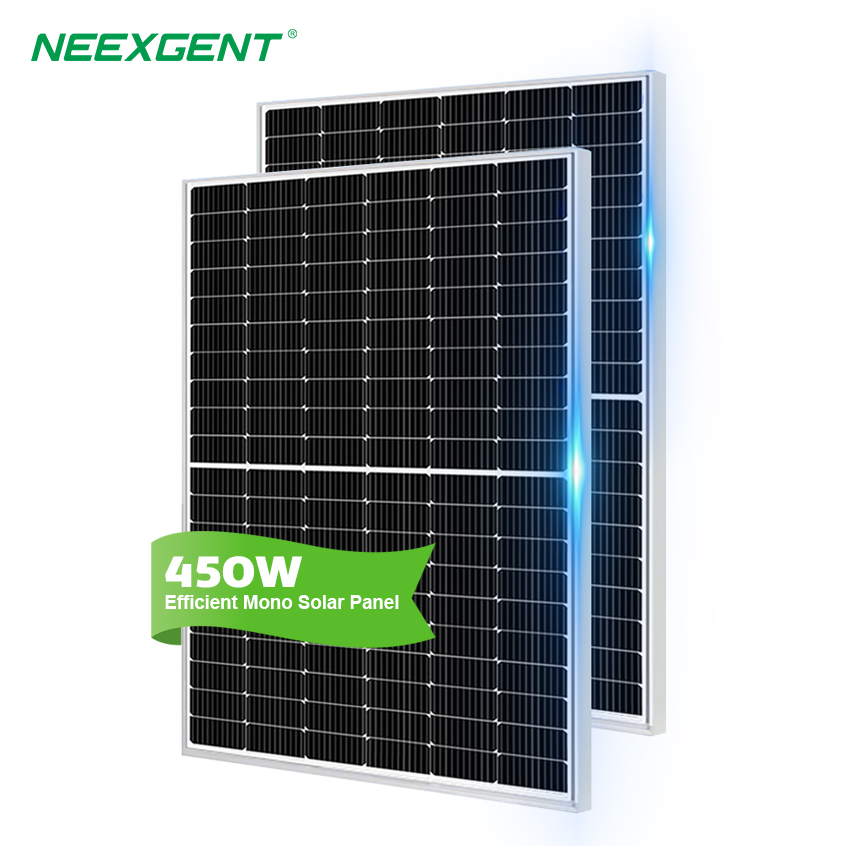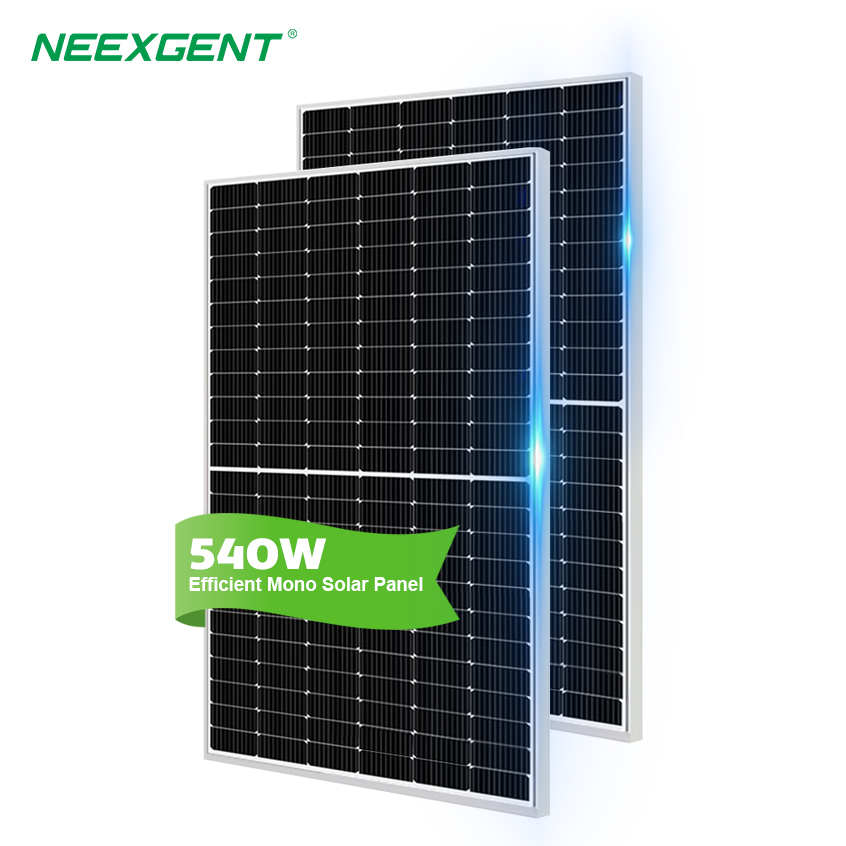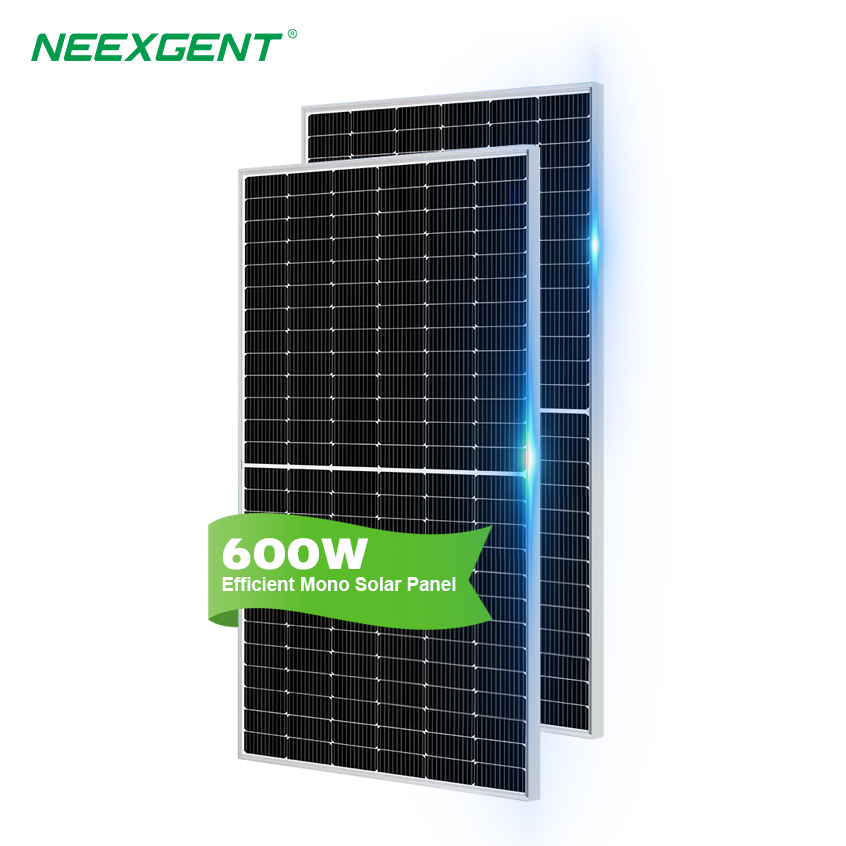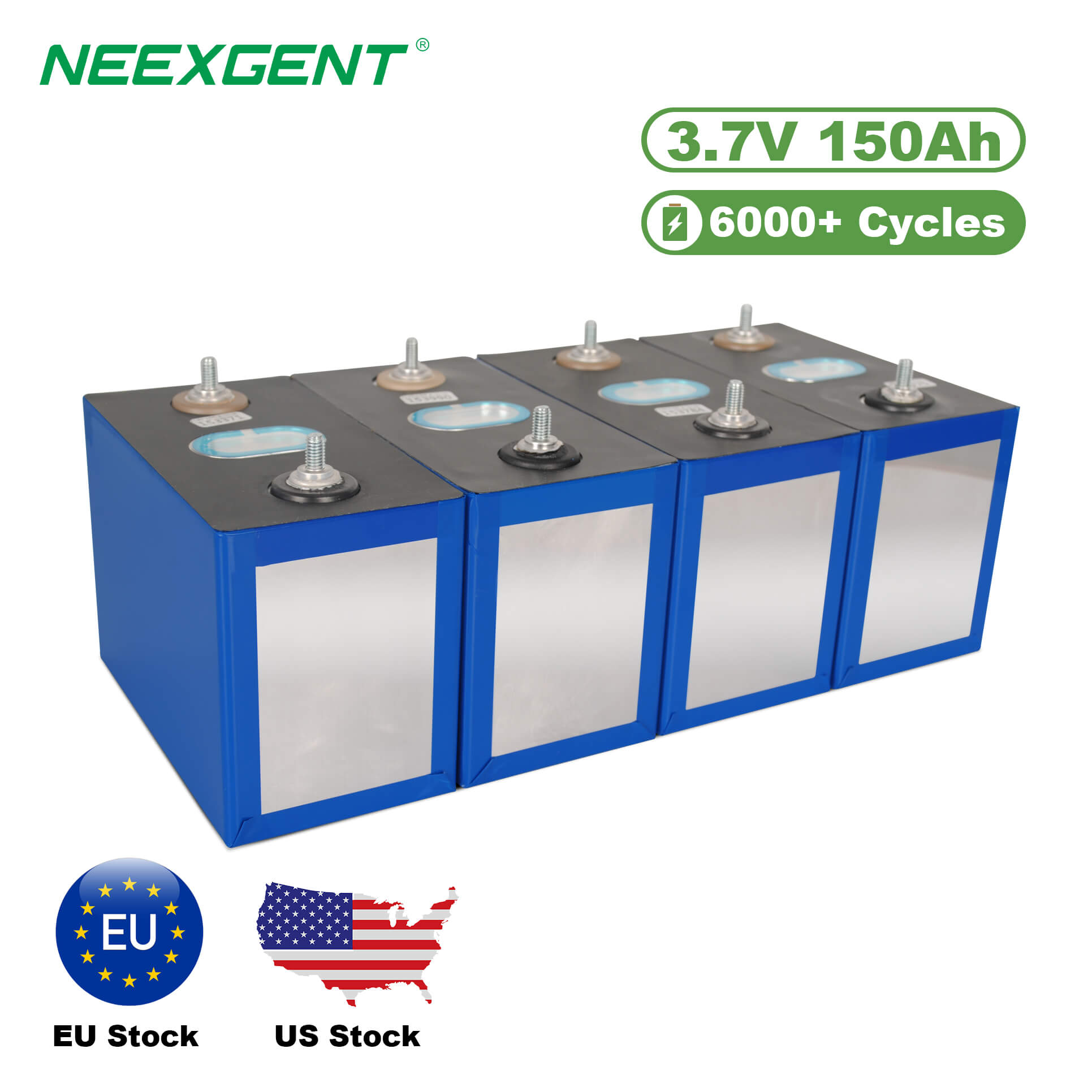Contents:
As the demand for renewable energy continues to surge, solar panels have become a popular and effective solution for residential, commercial, and industrial power needs. However, like any investment, solar panels require proper maintenance to ensure optimal performance and longevity. One critical aspect of this maintenance is regular cleaning.
Dust, dirt, bird droppings, pollen, pollution, and even salt deposits (in coastal areas) can accumulate on the surface of solar panels, blocking sunlight and reducing their efficiency. According to the National Renewable Energy Laboratory (NREL), dirty panels can lose as much as 25% of their energy output. Fortunately, with the right cleaning supplies, you can easily maintain your solar panels and keep them running at peak performance.
In this article, we'll explore the most essential solar panel cleaning supplies, what to consider when choosing them, and how to use them safely and effectively.
1. Soft-Bristled Brush or Solar Panel Cleaning Brush
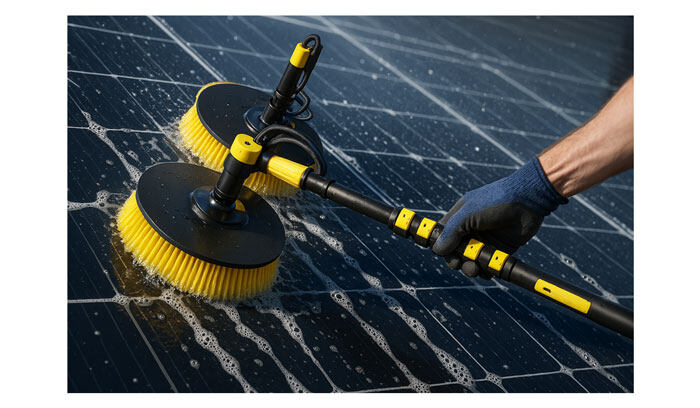
The first and most basic tool in your solar panel cleaning kit is a soft-bristled brush. These brushes are specifically designed to be gentle on the glass surface of solar panels to prevent scratches while still being effective in removing debris and grime.
Many solar panel cleaning brushes come with telescopic handles, which are especially useful for reaching rooftop panels without the need for climbing ladders or walking on the roof—both of which can be risky.
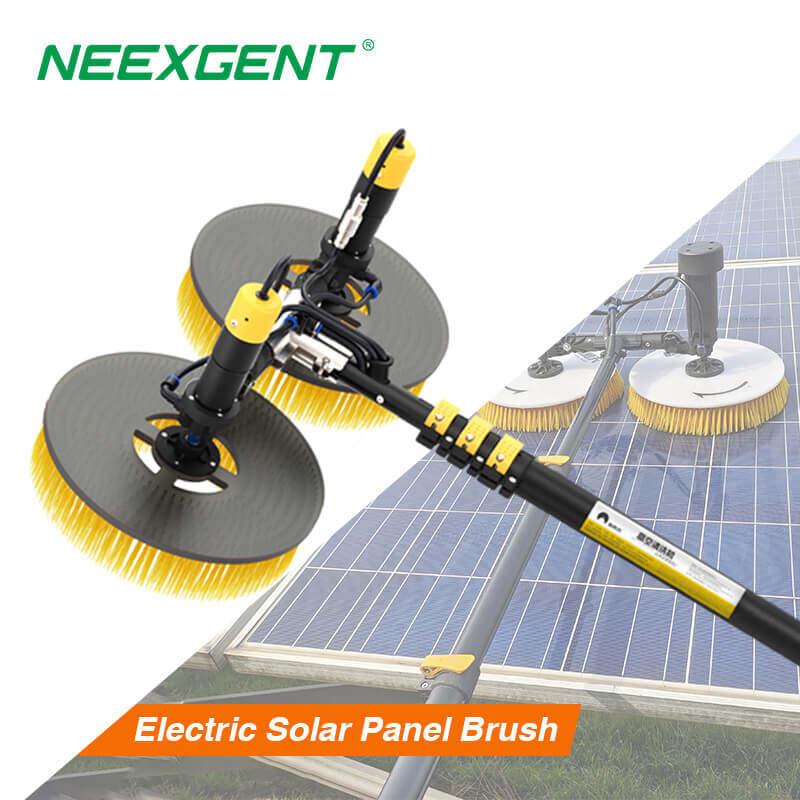
X41 MODEL
Dual head electric photovoltaic cleaning brush
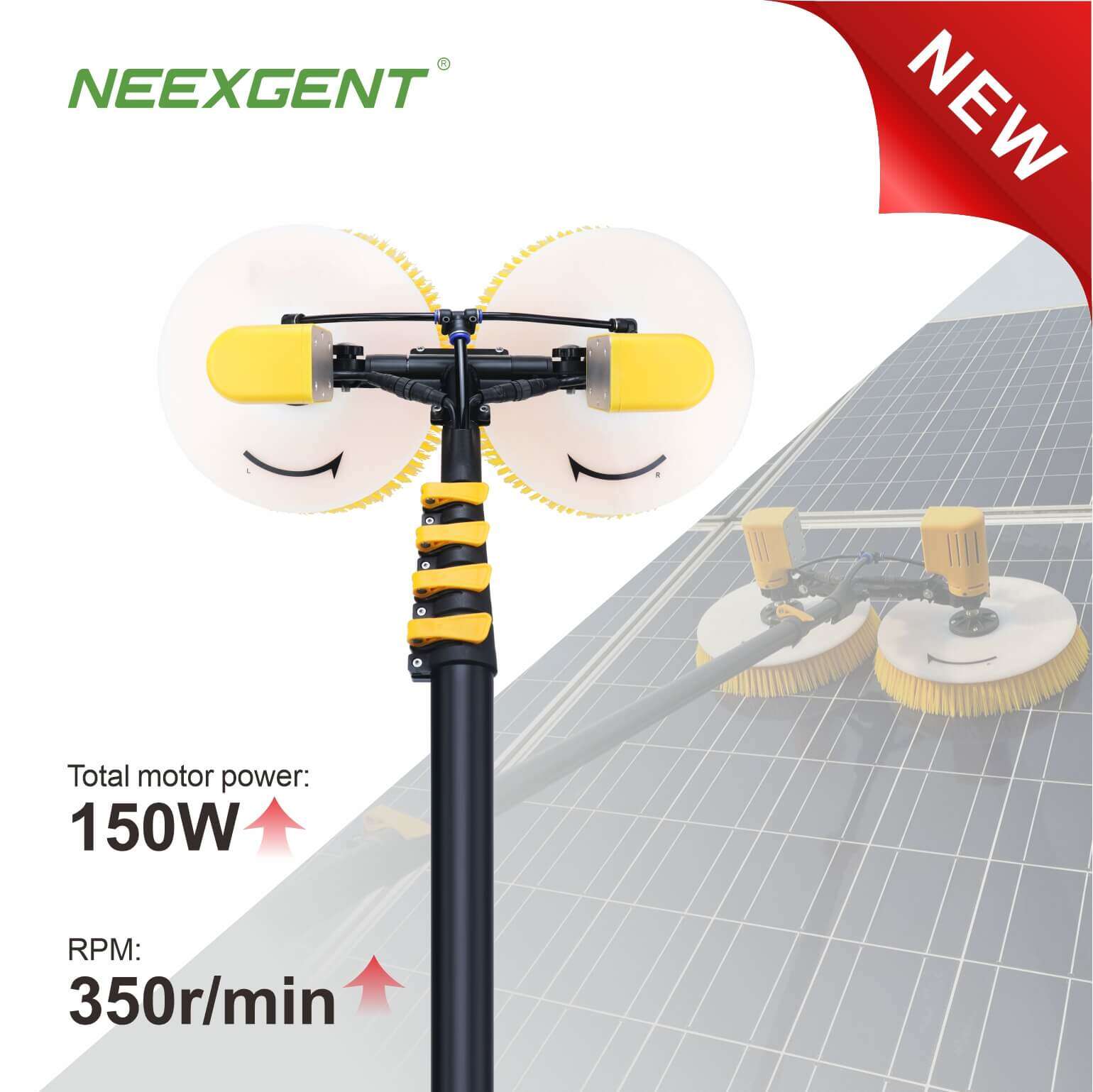
X42 MODEL
Dual-headed solar panel cleaning device
What to look for:
-
Non-abrasive, soft nylon or horsehair bristles.
-
Lightweight, durable handle (preferably aluminum or carbon fiber).
-
Extension feature for reaching higher areas.
2. Deionized Water System or Purified Water
Water is essential for cleaning, but not just any tap water will do. Deionized (DI) water or purified water is preferred because it doesn’t leave behind mineral spots or streaks after drying.
DI water systems remove minerals and contaminants from water using a special filtration process. These systems are common in commercial solar cleaning operations but are increasingly available for home users.
Why use deionized water:
If a full DI water system is out of reach, using distilled water is a good alternative.
3. Squeegee or Water Blade
After rinsing and brushing your panels, you’ll need a squeegee or water blade to remove excess water and ensure a streak-free finish. A squeegee helps dry the panel surface quickly and prevents water marks that could interfere with sunlight absorption.
Features to consider:
-
Silicone or rubber blade (non-scratching).
-
Wide blade for faster drying.
-
Can be combined with telescopic poles.
4. Eco-Friendly Solar Panel Cleaning Solution
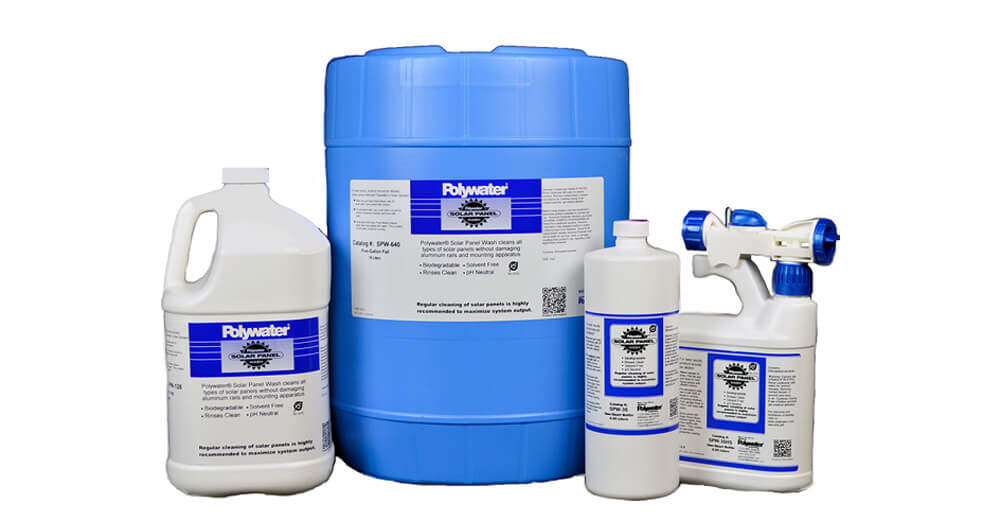
While water alone is often sufficient for lightly soiled panels, tougher grime may require the use of a cleaning solution. However, it's crucial to use non-abrasive and eco-friendly cleaners specifically formulated for solar panels.
Avoid harsh chemicals, bleach, ammonia, or acidic solutions, as these can damage the panel’s anti-reflective coating and frame seals.
Recommended properties:
-
Biodegradable and non-toxic.
-
pH neutral (neither acidic nor alkaline).
-
Safe for glass and aluminum surfaces.
Some popular brands offer concentrated solutions that can be diluted with water, making them cost-effective and versatile.
Related Resource: Optimal Solar Panel Cleaning Solution
5. Microfiber Cloths or Non-Scratch Sponges
For detailed or spot cleaning, microfiber cloths or non-scratch sponges are perfect. They’re soft, lint-free, and highly absorbent—ideal for wiping down edges or corners where grime tends to build up.
Why microfiber is ideal:
Avoid using paper towels, as they can leave residue and even cause fine scratches over time.
6. Protective Gear
Safety should always be a top priority when cleaning solar panels, especially if they’re mounted on rooftops. Essential protective gear includes:
-
Safety harnesses for rooftop work.
-
Non-slip shoes to reduce fall risk.
-
Protective gloves for handling cleaning agents or sharp edges.
-
UV-resistant sunglasses and sun protection, since cleaning often occurs in direct sunlight.
7. Water-Fed Pole System
For larger installations or hard-to-reach areas, a water-fed pole system is a professional-grade tool that combines water delivery with scrubbing capabilities. These systems typically include:
-
A telescoping pole (up to 30 feet or more).
-
A brush head with water jets.
-
Hose connectors to attach to a DI water source.
This setup allows you to clean solar panels from the ground, reducing the need for ladders and making the process safer and more efficient.
8. Drone Cleaning Technology (Emerging Option)
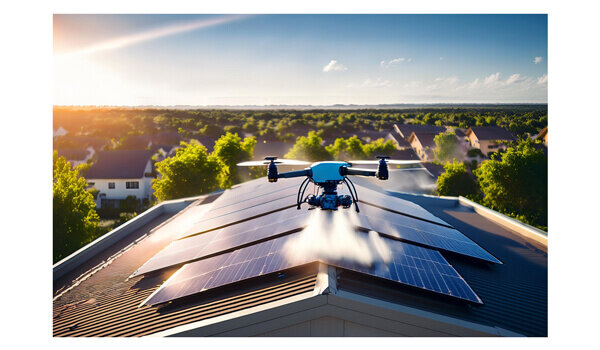
Though not yet widespread for residential use, drone-assisted cleaning is gaining traction in large commercial solar farms. These drones are equipped with brushes or spray systems and are ideal for cleaning large arrays in a short time.
While not yet an affordable option for most homeowners, this technology highlights how innovation continues to improve solar maintenance tools.
Related Resource: How to Use a Solar Panel Cleaning Drone Effectively?
9. Solar Panel Cleaning Robots
Similar to robot vacuums for floors, solar panel cleaning robots automate the cleaning process and are used primarily for utility-scale installations. These robots can operate autonomously and even be programmed to clean during specific hours, such as early morning or late evening.
They are particularly useful in desert or industrial environments where dust accumulation is frequent.
Tips for Safe and Effective Cleaning
1. Turn off the system before cleaning, especially for wired rooftop installations.
2. Clean early in the morning or late afternoon to avoid thermal shock or burns from hot panels.
3. Avoid high-pressure washers, as the force can damage seals and the panel surface.
4. Never use abrasive tools or pads.
5. Check manufacturer recommendations before using any product on your specific panel brand.
FAQs
1. What is the best type of brush for cleaning solar panels?
A soft-bristled, non-abrasive brush—preferably with a telescopic handle—is ideal for cleaning solar panels without scratching the surface.
2. Can I use tap water to clean my solar panels?
While tap water is usable, deionized or distilled water is recommended to avoid mineral spots and ensure a streak-free finish.
3. Are household cleaning products safe for solar panels?
Most household cleaners are too harsh. Only use pH-neutral, non-toxic solutions specifically designed for solar panels.
4. How often should I clean my solar panels?
Cleaning frequency depends on location, but generally every 6 to 12 months is sufficient. Dusty or coastal areas may require more frequent cleaning.
5. Do I need professional equipment to clean my panels at home?
No—basic tools like a soft brush, squeegee, microfiber cloth, and purified water are enough for most residential cleaning tasks.

